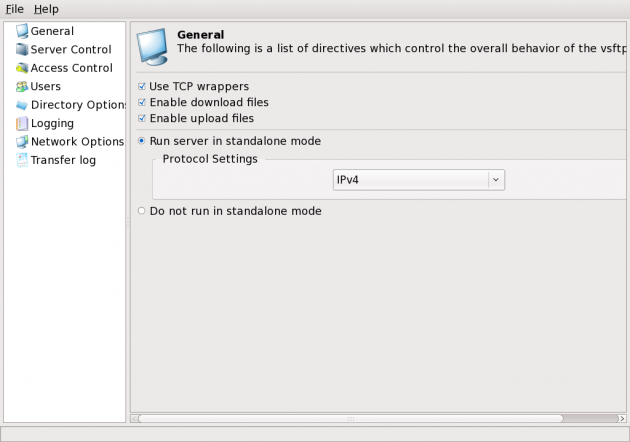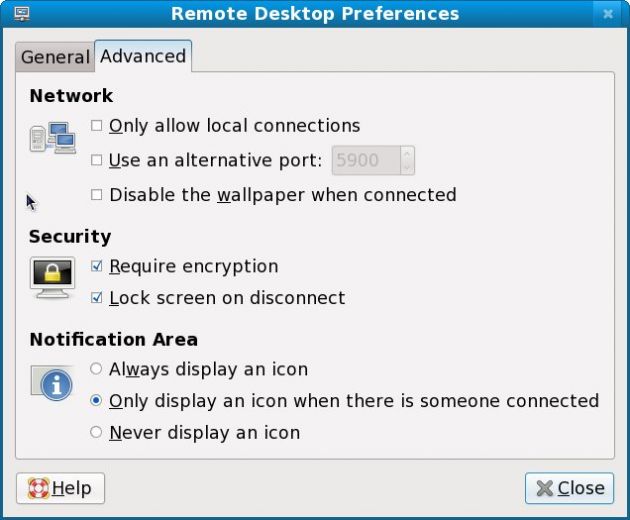// 대략 정리 한거...make 도중 에러가 나면 configure 에서 버젼을 낮춰주거나 소스를 살짝 고치는 수고(매개변수,NULL->0)도 해야함 ..Fedora에선 잘안됨.CentOS가 잘됨..
// git 나 wget 으로 소스 못 받아오는건 직접 홈페이지에서 받자.
feng source 설치
yum install theor*
yum install git*
yum install faad* // 못찾으면 다른 패키지에서 얻어오기..
yum install faac* //못찾으면 다른 패키지에서 얻어오기..
cd /usr/src 폴더로 이동
wget http://downloads.sourceforge.net/lame/lame-398-2.tar.gz?modtime=1222116320&big_mirror=0
압축풀고 -> ./configure -> make -> make install
yum install yasm
cd /usr/src 폴더로 이동
git clone git://git.videolan.org/x264.git
./configure --disable-asm
make
make install
cd /usr/src 폴더로 이동
wget http://ftp.penguin.cz/pub/users/utx/amr/amrnb-7.0.0.2.tar.bz2
wget http://ftp.penguin.cz/pub/users/utx/amr/amrwb-7.0.0.3.tar.bz2
둘다 압축 풀고 ./configure -> make -> make install
cp /usr/local/lib/libamrwb.so.3.0.0 /usr/lib
ln -s /usr/lib/libamrwb.so.3.0.0 /usr/lib/libamrwb.so.3
cd /usr/src 폴더로 이동
svn checkout svn://svn.mplayerhq.hu/ffmpeg/trunk ffmpeg
./configure --prefix=/usr --enable-static --enable-shared --enable-gpl --enable-postproc --enable-swscale --enable-pthreads --enable-libamr-nb --enable-libamr-wb --enable-libfaac --enable-libfaad --enable-libmp3lame --enable-libx264 --disable-ffserver --disable-ffplay --disable-debug --disable-network --enable-nonfree --enable-avfilter --enable-avfilter-lavf --disable-devices --disable-vhook
make
make install
-- how to install autoconf for feng library --
<< autoconf 버전 낮을 시 버전업그레이드 필요 >>
wget ftp://ftp.gnu.org/gnu/autoconf/autoconf-2.63.tar.gz
-> download latest version
./configure -> make -> make install
-- for Client --
yum install lksctp*
yum install bison-devel
yum install mysql mysql-server mysql-devel
---- feng ---
http://www.lscube.org/ 에서 feng 과 종속라이브러리 들을 다운로드한 후 압축을 푼다.
Dependencies
cd bufferpool
/usr/local/bin/autoreconf -v -i
configure
make
make install
cd netembryo
/usr/local/bin/autoreconf -v -i
configure
make make install
cd libnemesi
/usr/local/bin/autoreconf -v -i
configure
make make install
feng을 다운받고
압축 풀고 ./configure -> vim mediathread/demuxer/demuxer_avf.c
demuxer_avf.c line 210번째 줄
props.bit_per_sample = codec->bits_per_sample;
--> props.bit_per_sample = codec->bits_per_coded_sample; 교체
실행시 feng: error while loading shared libraries: /usr/lib/libavformat.so.52: cannot restore segment prot after reloc: Permission denied
이런 종류 에러가 뜨면 chcon -t texrel_shlib_t /usr/lib/libavformat.so.52 이걸로 해결
이 글은 스프링노트에서 작성되었습니다.
Trackback Address :: 이 글에는 트랙백을 보낼 수 없습니다






